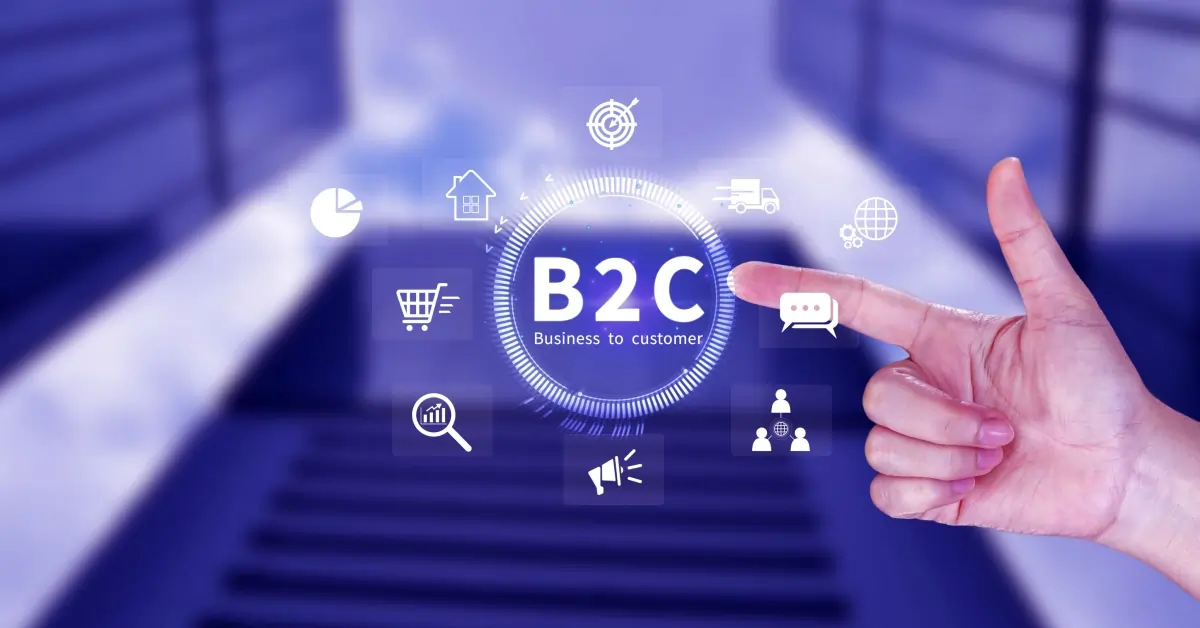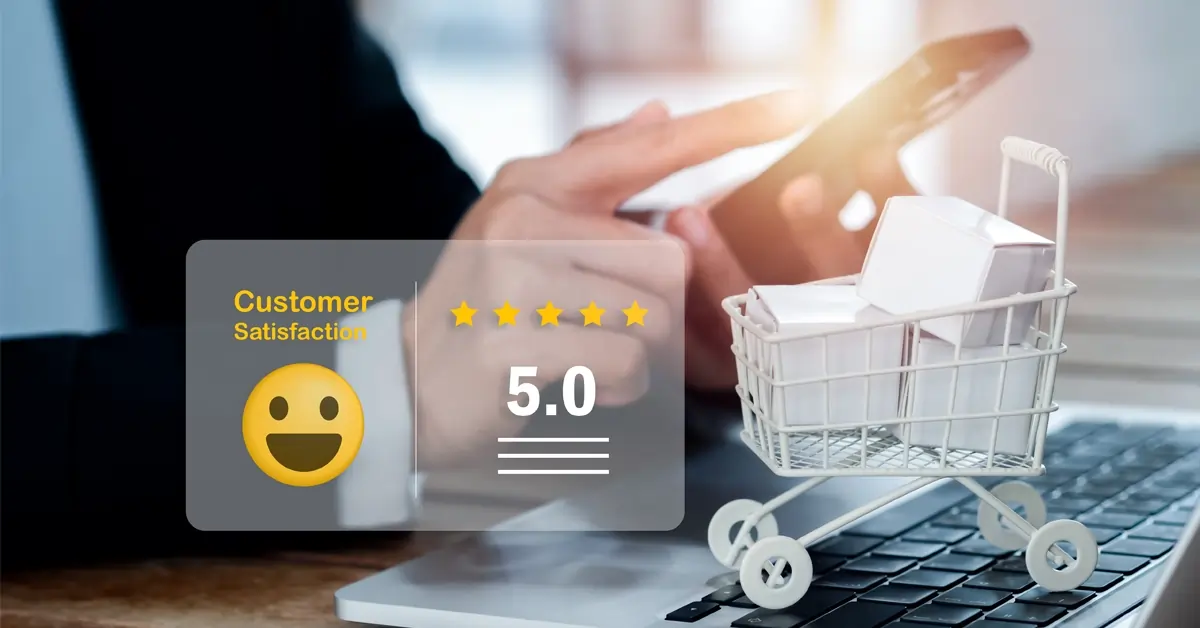How Omnichannel Experience is Shaping Customer Behavior

A study by Harvard Business Review reveals that a staggering 73% of shoppers engage with multiple channels during their shopping journey. This is called omnichannel experience.
Having an omnichannel facility in your business increases customer satisfaction. The impact of omnichannel experience goes beyond immediate satisfaction and encourages deeper brand loyalty—a critical factor in a present competitive market.
In this blog, we will cover omnichannel experience, its importance, and how you can create an effective omnichannel customer experience.
Table of Contents
- What is Omnichannel?
- What is Omnichannel Customer Experience?
- Omnichannel vs. Multichannel Customer Experience
- Why is Providing an Omnichannel Experience Important?
- How does Omnichannel Work in Practice?
- 8 Tips for Creating Outstanding Omnichannel Customer Experiences
What is Omnichannel?
Omnichannel is a business strategy that prioritizes a unified customer experience across all channels, whether it’s online, mobile, social media, or even in-store.
It’s not only about having various touchpoints but also an uninterrupted journey for your clients, irrespective of which way they decide to communicate with your brand.
What is Omnichannel Customer Experience?
Omnichannel customer experience is about ensuring a good experiential journey to customers at different touchpoints. All touchpoints work together to facilitate the comfortability of the customer.
Omnichannel means understanding how customers move and delivering an experience that responds to their wants and choices, no matter what part they are on along the journey.
Omnichannel vs. Multichannel Customer Experience
Multichannel customer experience involves interacting with customers independently across different channels, such as social media, email, and physical stores.
Here are some of the major differences between omnichannel and multichannel customer experience:
- Omnichannel CX creates a unified experience across all touchpoints, while multichannel CX uses multiple channels to connect with customers.
- In omnichannel CX, all channels are interconnected, allowing customers to switch without interruption. In a multichannel system, each channel acts as a separate entity, which can create potential inconsistencies in the customer experience on different platforms.
- The main aim of omnichannel customer experience is to meet customers’ needs and wants at every interaction point. Multichannel focus is about promoting a brand or product through different channels rather than ensuring a seamless experience for the customer.
Why is Providing an Omnichannel Experience Important?
The omnichannel experience is important because it aligns with the way customers shop and interact with brands today. It also helps meet their growing expectations.
An omnichannel strategy helps your business meet these expectations, leading to higher customer satisfaction, loyalty, and, ultimately, increased sales.
How does Omnichannel Work in Practice?
Imagine you’re shopping online from a ubiquitous clothing retailer. You’ve shopped with them before, and their website suggests clothes based on your past purchases. If you need assistance, you can communicate with a stylist via live chat.
After you’ve selected your items, you can pick them up from the store. When you arrive, a friendly staff member assists you and suggests products based on your online preferences. After making the purchase, you receive personalized updates and special offers via email or text.
Omnichannel works in the same way. It helps you provide a unified shopping experience for your customers that easily solves customer problems.
8 Tips for Creating Outstanding Omnichannel Customer Experiences
1. Understand your customers
To create the best omnichannel experience understand your customers deeply. Analyze data from different touchpoints to understand customers. This gives you information about their preferences, behavior, and purchasing patterns.
You can customize experiences for your business accordingly by segmenting audiences based on demographics, purchasing habits, and preferences. Additionally, implementing feedback mechanisms allows you to gather insights directly from customers about their experiences across different channels.
2. Integrate your systems
For exceptional omnichannel experiences, system integration must be seamless. Include an integrated platform that can bring all your systems and channels together for easy communication and data synchronization. This involves integrating the CRM system with other platforms to create a single source repository for customer interactions and preferences.
Avoiding stockouts and provisioning correct product details across all channels also requires technology investments in CRM software and inventory management software that link offline-online chains together.
3. Personalize the experience
Memorable omnichannel experiences require personalization. With the help of customer data, your business can make personalized suggestions on products and promotions that are based on individual likes or dislikes.
Dynamic content delivery across different channels, such as optimized emails and website landing pages, increases engagement and relevance. Contextually relevant messages, along with offers based on the customer’s current location, browsing behavior, and past interactions, help further customize the experience.
4. Provide consistent messages
Consistency in messaging is important to strengthen brand identity and build trust with customers. Send consistent messages across all channels to ensure brand cohesion of your business.
It is important that communication across all channels is in harmony and complements each other without creating conflicts in terms of information or proposals. Running omnichannel marketing campaigns that seamlessly transition from online to offline channels will deliver a universal message to customers, improving your overall brand experience.
5. Optimization for mobile
Mobile optimization is necessary as more people now access the internet through mobile gadgets. Every digital touch point, like websites and apps, should be designed with the consideration of mobile users.
Mobile payment options make it easy for people to shop on their smartphones, thereby reducing queuing time. Delivery of relevant offers and promotions to those close-by physical stores is enabled by location services and geotargeting.
6. Improve your social media response time
Social media can help your business provide great customer service, which helps improve customer satisfaction scores.
There’s a difference between when your customers expect a response after initiating contact and when your business is responding. For example, 32% of these customers want a response within 30 minutes, while that figure increases to 57% at night and during weekends. You need to respond quickly to customer queries.
7. Empower your employees
Empower your employees to deliver excellent service across all channels. To serve customers on multiple channels, employees must have knowledge about omnichannel strategies, skills in customer service, and effective use of omnichannel tools.
8. Measure and Iterate
For optimizing omnichannel experiences you have to constantly evaluate it. Increasing key performance indicators (KPIs) helps you keep track of how well your omnichannel strategies are working. Frequently examining the data as well as listening to customers’ guidance reveals how to enhance the omnichannel experiences provided by businesses.
Performing A/B testing and experimentation allows your business to optimize different elements of the omnichannel experience.
Conclusion
In conclusion, in today’s customer-centric world, omnichannel experiences are not just a trend but a necessity. Taking this approach can have a lasting impact on your business. Your business can better connect with customers, improve their shopping experience, build customer loyalty, and stay ahead of the competition.
Related Post
Copyright © gocustomerexperience.com. All Rights Reserved.




